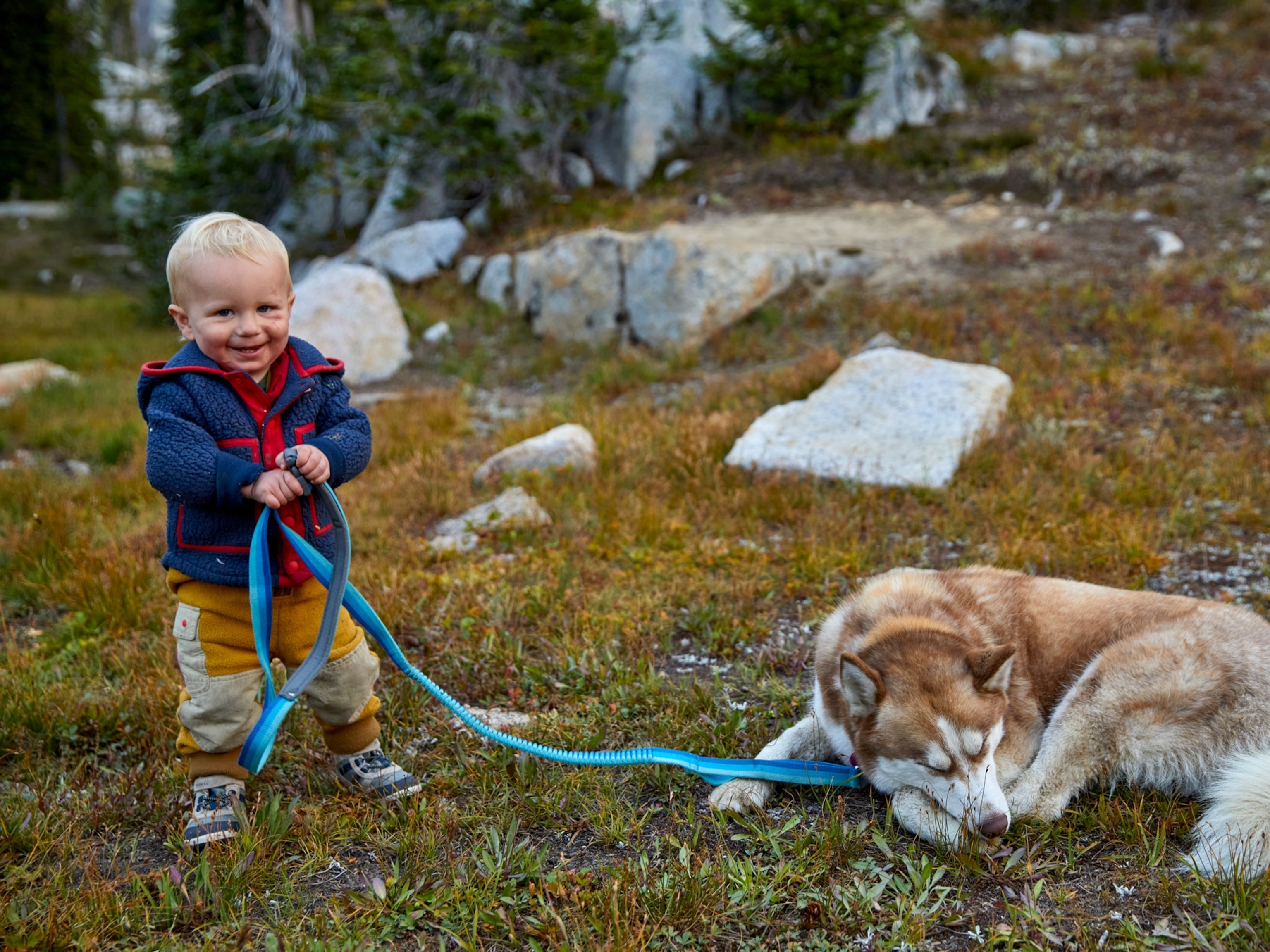These are the gestures our pets use to tell us they want food, toys, and love.
Most of the time, you can tell when your dog wants your attention. Fido might roll over in an attempt to get you to scratch him, or he might paw at your leg when begging for food.
A new study published in the journal Animal Cognition shows our furry friends use a combination of at least 19 distinct gestures to tell us what they want. One mix of gestures, such as pawing and head tilting, might translate to the want to go outside while another combination might get across the desire for food. (Related: how elephants understand humans, and other animals that use gestures to communicate.)
“I wanted to better understand dogs and what they wanted from us,” says study leader Hannah Worsley, a graduate student at the University of Salford in Manchester, England.
With their advanced communication abilities, “dogs are doing something similar to great apes, but they’re doing it across species.”
(Google Earth shows that cow and deer herds align like compass needles)
10 Photos of Domesticated Dogs
Dog Speak
Referential signaling is a type of gesturing meant to convey a message without using words. Common among great apes, including humans, it’s the same thing that human babies use to get the attention of their parents. It’s rarer among non-primates, although recent research shows that ravens practice the behavior as well. (Related: how your dog knows how you feel.)
By definition, referential signals must involve a request made with an object or part of the signaler’s body. Such behaviors must be directed at a receiver and taught by repetition. They also have to be “mechanically ineffective,” meaning they’re nothing more than gestures. (Related: how humans communicate with a particular species of bird.)
“They are performed with intent,” Worsley says.
In the study, researchers took hundreds of videos of 37 dogs interacting with their owners in England. Reviewing the footage, the team identified 49 possible gestural signals the pets may have used to get what they wanted. Then, they whittled those down to 19 signals, which the dogs deployed in combinations to get their point across to their humans. According to the study, the most common requests are, “Give me food/drink,” “Open the door,” “Get my toy/bone,” and “Scratch me!”
A lot of the time, dogs are piecing together parts of their repertoire so humans “know what they’re after,” Worsley says. (Related: how dogs know the meaning of a human smile.)
Understanding Our Best Friend
This study gives evidence that non-primate species use referential signaling to communicate with unrelated species. For humans, this signaling is an important milestone in the evolution of speech.
In addition to helping researchers decode dog behavior, the study can in turn improve communication between dogs and their owners. For example, dog owners can learn that certain pet behaviors, like pressing noses against an object, combined with other ones, like tail wagging, could mean different things.
Worsley adds the next step is to study how dogs interact with people they haven’t known for very long; the dogs in the study had been with their owners for at least five months. Studying this variable may change the type and number of the dogs’ gestures.















